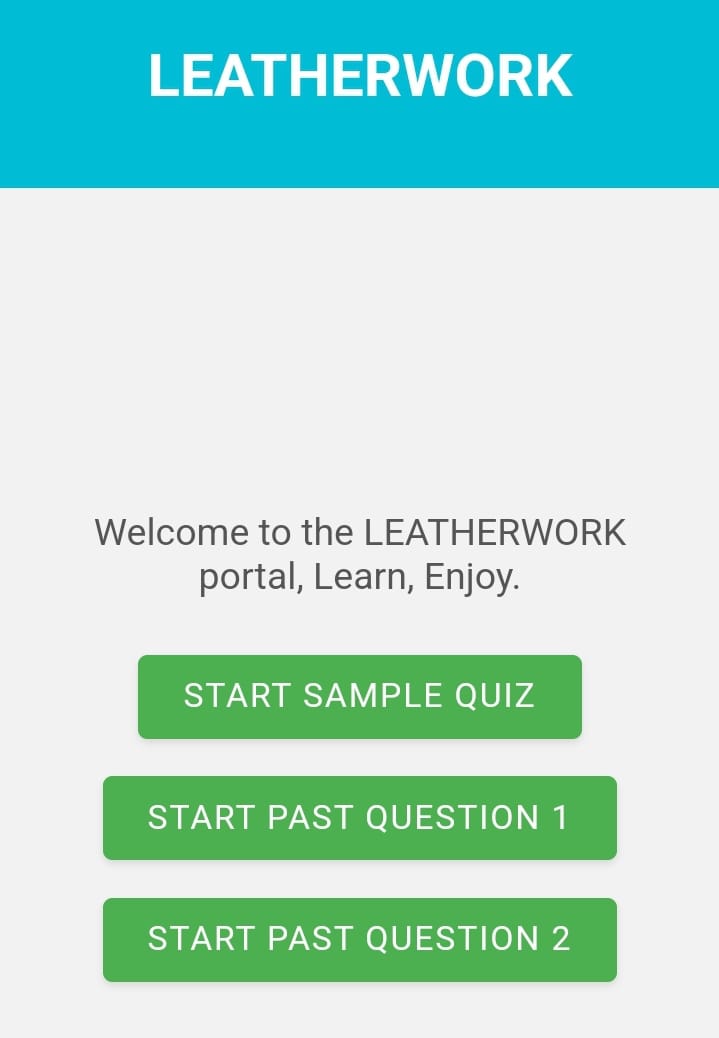
Leatherwork: A Complete Guide to Skills, Techniques & Business
Table of Contents
Introduction
Leatherwork combines traditional craftsmanship with modern design, covering everything from tanning processes to business management. This guide explores the essential skills, tools, and competencies needed in leather craftsmanship.
Core Content Areas
1. Concept of Leatherwork
Competencies:
-
Explain leatherwork’s history and socio-economic importance.
-
Identify career opportunities in the industry.
Key Topics:
✔ Evolution from the caveman era to modern uses
✔ Classification of leather products
✔ Career paths (artisan, designer, manufacturer)
2. Leatherwork Tools & Equipment
Competencies:
-
Identify and maintain tools (skiving knives, punches, stitching awls).
-
Differentiate genuine leather from synthetics.
Key Tools:
✔ Cutting tools ✔ Stitching equipment ✔ Adhesives
3. Leather Manufacturing Process
Competencies:
-
Understand pre-tanning, tanning (vegetable/chrome), and post-tanning.
-
Identify animals for pelts (cow, goat, sheep).
Key Terms:
✔ Hide vs. skin ✔ Fat liquoring ✔ Dyeing
4. Classification of Leather
Competencies:
-
Categorize leather types (full-grain, suede, bonded).
-
Label hide parts (butt, bend, neck).
Did You Know?
The butt is the thickest, most durable part of a hide!
5. Design Environment
Competencies:
-
Apply design principles (balance, contrast).
-
Use ICT for patterns (CAD software).
Project Idea:
Design a wallet or belt inspired by nature.
6. Decoration & Finishing
Competencies:
-
Master techniques:
-
Tooling (embossing)
-
Edge painting
-
Burnishing
-
Pro Tip:
Use gum tragacanth for a polished edge!
7. Care & Maintenance
Competencies:
-
Choose conditioners for weather protection.
-
Repair scratches and stains.
Avoid:
✖ Harsh chemicals ✖ Excessive heat
8. Health & Safety
Competencies:
-
Prevent workshop hazards (chemical exposure, cuts).
-
Improve ventilation for dye fumes.
Safety First:
✔ Gloves ✔ Masks ✔ First-aid kit
9. Leatherwork Business
Competencies:
-
Calculate break-even analysis for pricing.
-
Market products via exhibitions/online.
Challenges in Ghana:
➔ Limited machinery ➔ Competition from imports
10. Sustainable Leather Industry
Competencies:
-
Source eco-friendly materials.
-
Reduce waste with off-cuts.
Innovation:
♻️ Plant-based tanning (mimosa, oak)
Assessment Breakdown
Cognitive Levels Weighting:
| Content Area | Recall (15%) | Skills (25%) | Strategic Thinking (30%) | Extended Thinking (30%) | Total |
|---|---|---|---|---|---|
| Tools & Equipment | 2 | 3 | 5 | 3 | 13% |
| Manufacturing Process | 1 | 3 | 5 | 4 | 13% |
| Decoration & Finishing | 3 | 3 | 2 | 5 | 13% |
| Design Environment | 2 | 3 | 3 | 4 | 12% |
| Total | 15% | 25% | 30% | 30% | 100% |
Note: Adjusted subtotals for accuracy.
Key Takeaways
-
Top 3 Focus Areas: Tools, Manufacturing, Decoration (13% each).
-
60% of assessment tests applied skills and innovation (Levels 3–4).
-
Business skills are critical for sustainability.
Hands-On Practice:
-
Craft a keychain to practice cutting/stitching.
-
Visit a tannery to observe chrome tanning.
For the past question, click here: https://ntc.gov.gh/practice_test/leatherwork/
Follow us on WhatsApp for more updates: https://whatsapp.com/channel/0029VaCyYGIFHWpx22L38a2K
Seekers Consult
Contact Us for Your Study Abroad Journey
We search for schools and check available scholarships for you
Contact: 0550414552 / 0362297079
Loan for government workers
Transcript Application
English Proficiency
Recommendation letter
Project work/thesis for undergraduate, master’s, and PhD students.





